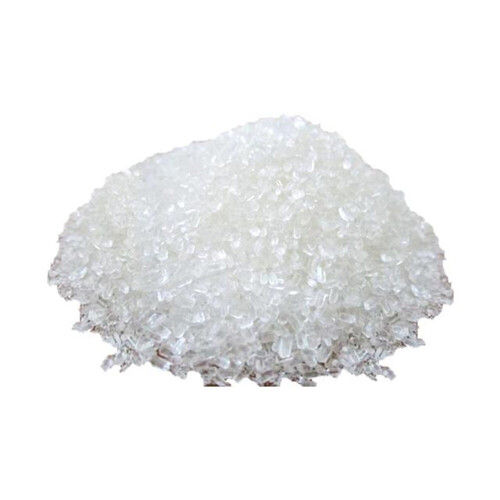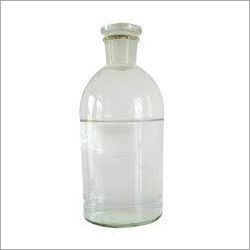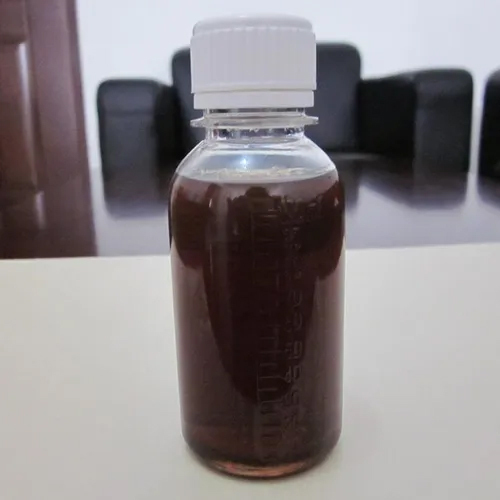Welcome to Our Company
Bromobenzene Chemical
869 INR/Kilograms
Product Details:
- Grade Technical Grade
- Storage Room Temperature
- Solubility Water Soluble
- Application Industrial
- Melting Point -30.8 degree centigrade
- Physical Form Granule
- Density 1.495 Gram per cubic centimeter(g/cm3)
- Click to View more
X
Bromobenzene Chemical Price And Quantity
- 869 INR/Kilograms
- 850.00 - 999.00 INR/Kilograms
- 1 Kilograms
Bromobenzene Chemical Product Specifications
- Industrial
- -30.8 degree centigrade
- Room Temperature
- Technical Grade
- Water Soluble
- Granule
- 1.495 Gram per cubic centimeter(g/cm3)
- 157.01 Grams (g)
Bromobenzene Chemical Trade Information
- 100 Kilograms Per Day
- 1 Week
Product Description
Bromobenzene is a chemical compound with the molecular formula C6H5Br. It belongs to the group of aromatic compounds and is a halogenated derivative of benzene, where a hydrogen atom on one of the benzene's carbon atoms is replaced by a bromine atom. The chemical structure of bromobenzene consists of a benzene ring (a hexagonal ring of carbon atoms) with a single bromine atom attached to it.
Bromobenzene Properties:
- Molecular weight: 157.01 g/mol
- Melting point: -30.8 degree centigrade
- Boiling point: 156.2 degree centigrade
- Density: 1.495 g/cm3
- Solubility: Bromobenzene is not very soluble in water but dissolves well in organic solvents like ether or acetone.
Uses:
Bromobenzene is primarily used as an intermediate in the synthesis of various organic compounds and pharmaceuticals. It serves as a starting material for several chemical reactions, such as Suzuki coupling, which is widely used in organic synthesis. Additionally, bromobenzene is used in the manufacturing of agrochemicals, dyes, and other chemicals.
Safety Precautions:
Like other halogenated benzene derivatives, bromobenzene should be handled with care due to its toxicity. It is considered harmful if swallowed, inhaled, or absorbed through the skin. Prolonged or repeated exposure to bromobenzene may cause skin, eye, and respiratory irritation. Proper safety measures, such as using appropriate personal protective equipment (PPE) and working in a well-ventilated area, should be taken when handling this compound. Always refer to the specific safety data sheet (SDS) and follow proper handling and disposal procedures.
FAQ:
Q. What is bromobenzene?
Ans: Bromobenzene is a chemical compound with the molecular formula C6H5Br. It is a halogenated derivative of benzene, where a hydrogen atom on one of the benzene's carbon atoms is replaced by a bromine atom.
Q. What are the uses of bromobenzene?
Ans: Bromobenzene is primarily used as an intermediate in the synthesis of various organic compounds and pharmaceuticals. It serves as a starting material for several chemical reactions, such as Suzuki coupling, which is widely used in organic synthesis. Additionally, it is used in the manufacturing of agrochemicals, dyes, and other chemicals.
Q. Is bromobenzene toxic?
Ans: Yes, bromobenzene is considered toxic. It can be harmful if swallowed, inhaled, or absorbed through the skin. Prolonged or repeated exposure may cause skin, eye, and respiratory irritation.
Q. How is bromobenzene synthesized?
Ans: Bromobenzene can be synthesized through the bromination of benzene. The reaction typically involves the use of a brominating agent like bromine or a bromine-containing compound in the presence of a catalyst.
Q. What precautions should be taken when handling bromobenzene?
Ans: When handling bromobenzene, it is essential to use appropriate personal protective equipment (PPE) and work in a well-ventilated area to minimize exposure. Avoid contact with the skin, eyes, and inhalation of vapors. Always refer to the specific safety data sheet (SDS) and follow proper handling and disposal procedures.
Q. Can bromobenzene be used in pharmaceuticals?
Ans: Yes, bromobenzene is used as an intermediate in the synthesis of pharmaceutical compounds. It serves as a starting material for the creation of various drug molecules.
Q. Is bromobenzene soluble in water?
Ans: Bromobenzene is not very soluble in water. It is more soluble in organic solvents like ether or acetone.
Q. What are the environmental impacts of bromobenzene?
Ans: Bromobenzene is toxic to aquatic organisms and can have adverse effects on the environment if not handled and disposed of properly. It is essential to follow regulations and best practices for its use and disposal to minimize environmental impact.
Q. Can bromobenzene be used in research laboratories?
Ans: Yes, bromobenzene is commonly used in research laboratories as a reagent in various chemical reactions and organic synthesis. Researchers should handle it with care and follow safety guidelines to ensure safe usage.
Tell us about your requirement

Price:
Quantity
Select Unit
- 50
- 100
- 200
- 250
- 500
- 1000+
Additional detail
Mobile number
Email









